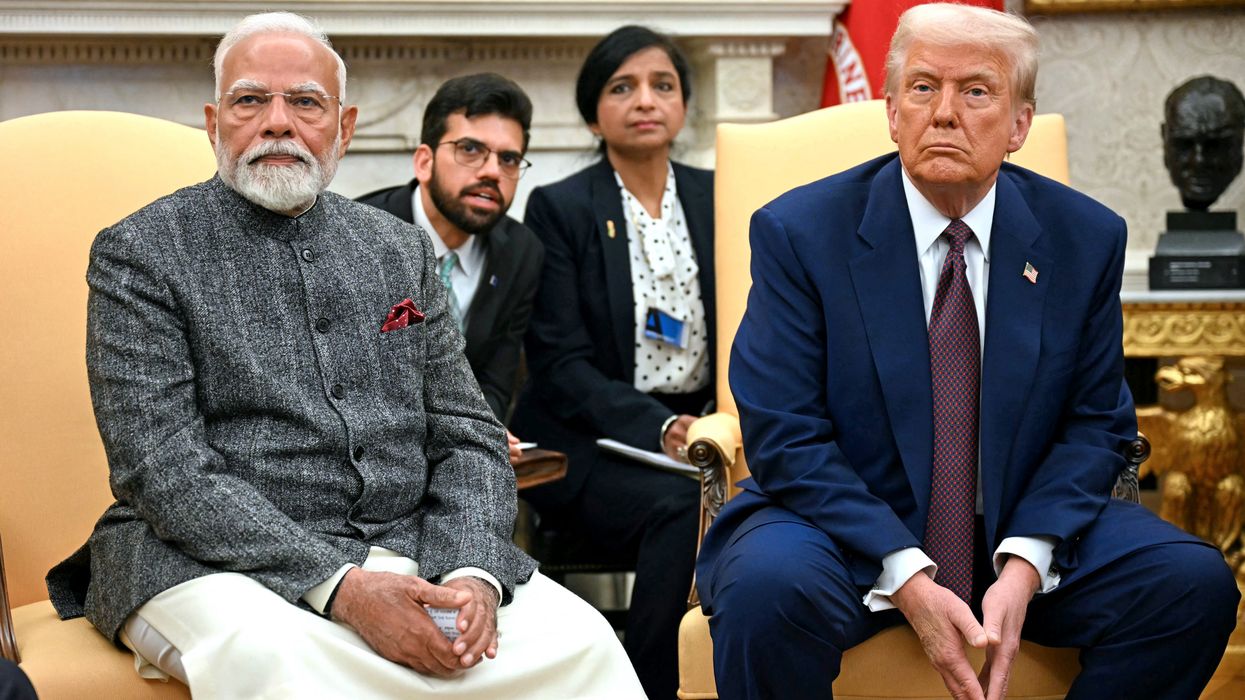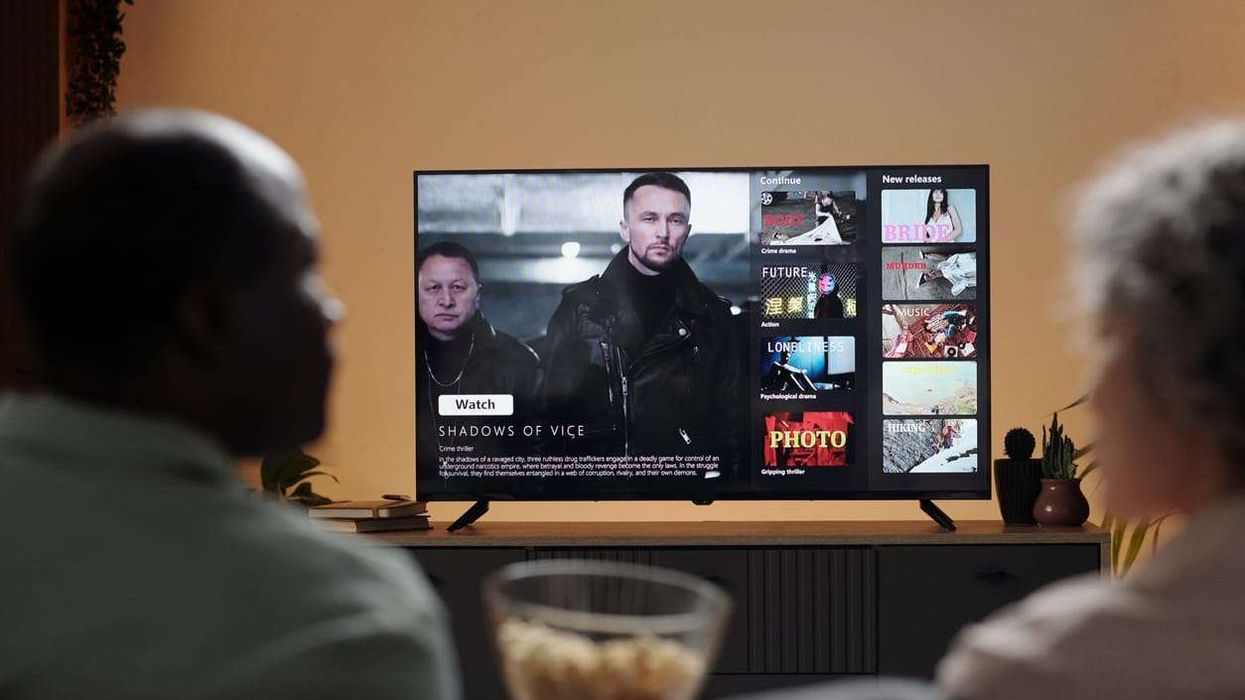US AEROSPACE manufacturer Boeing Co said today (26) it has nominated Nikki Haley, former US ambassador to the United Nations, to join its board of directors at the company's annual shareholders meeting on April 29.
Viewed as a rising Republican party star, Haley has often been mentioned as a future presidential candidate. Her counterparts at the United Nations saw her as a voice of clarity in the Trump administration.
If elected by Boeing shareholders, she would help guide the future of the largest US exporter, with a network of suppliers across the US and the world.
Haley's nomination comes as Boeing grapples with a major decision: whether to launch an all-new jetliner known as NMA, a midsize plane that would serve a niche market falling between narrow- and wide-body aircraft.
Boeing has said it would make a final launch decision in 2020 on the new program, which is expected to define competition with archrival Airbus SE.
Haley, 47, is the first female governor of South Carolina and a three-term legislator in the South Carolina house of representatives.
Boeing has long held close ties to the US government. Current chief executive Dennis Muilenburg serves on the US export council, and acting US defense secretary Pat Shanahan is a former senior Boeing executive, who spent 31 years with the company.
In a press release, Muilenburg praised Haley's record in government and industry partnership.
"Boeing will benefit greatly from her broad perspectives and combined diplomatic, government and business experience to help achieve our aspiration to be the best in aerospace and a global industrial champion," Muilenburg said.
Separately today, the shareholders of Brazilian planemaker Embraer SA approved a deal to sell 80 per cent of the Sao Paulo-based company's commercial jet division to Boeing, a move that could reshape the global market for aircraft of up to 150 seats.
(AFP)











